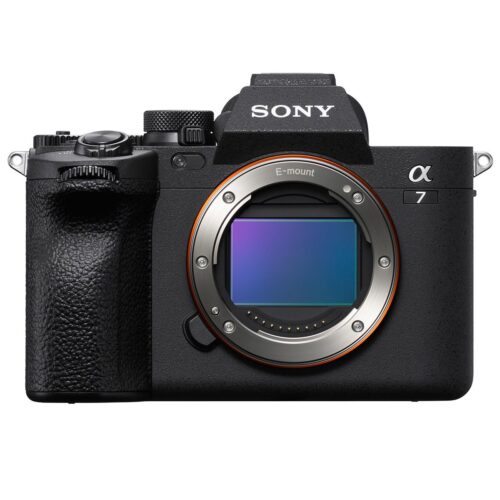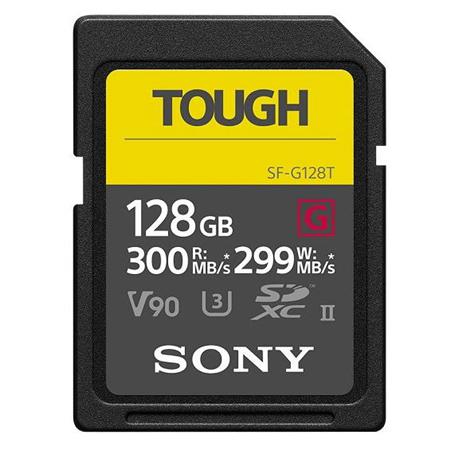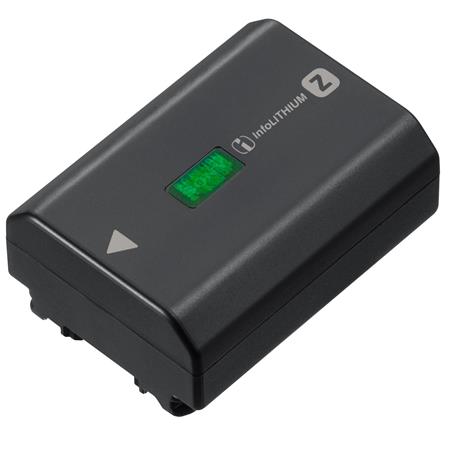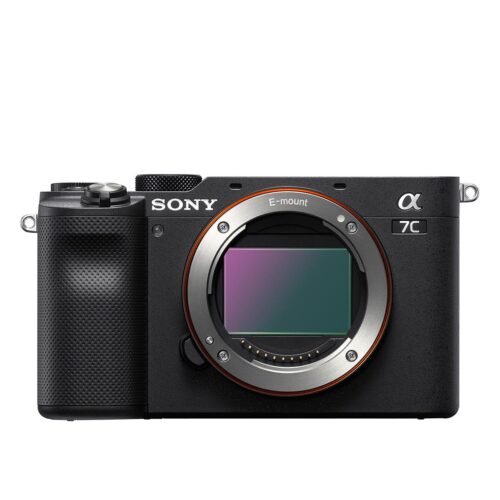Basics of Photography
Updated 1/20/2023
Welcome – we’re happy you’re here!
Over the years, we’ve taught the basics of photography course to photographers around the world because we know just how difficult it can be to learn the basic principles at the beginning of your journey. Our goal is to make this series the absolute simplest way to learn the basics of photography in the shortest amount of time possible.
Our mission is to provide you with every tool necessary to become a master at navigating your Sony camera, so you can capture more stories, more efficiently.
Let’s begin..
in partnership with

Section 1: Exposure
When we talk about “exposure,” we simply mean the brightness or darkness of a photo. It seems simple enough to take a photo that is correctly exposed (has the proper brightness or darkness), but in reality, it can be quite tricky.
Exposure uses Aperture, Shutter Speed, and ISO in conjunction to create a properly exposed image. View, share, and download the cheat sheet below to help better understand exposure.
1.1: Aperture
Simply put, aperture is the hole within your lens, through which light travels into the camera body.

Aperture Example
MORE OPEN
Shallow depth of field.
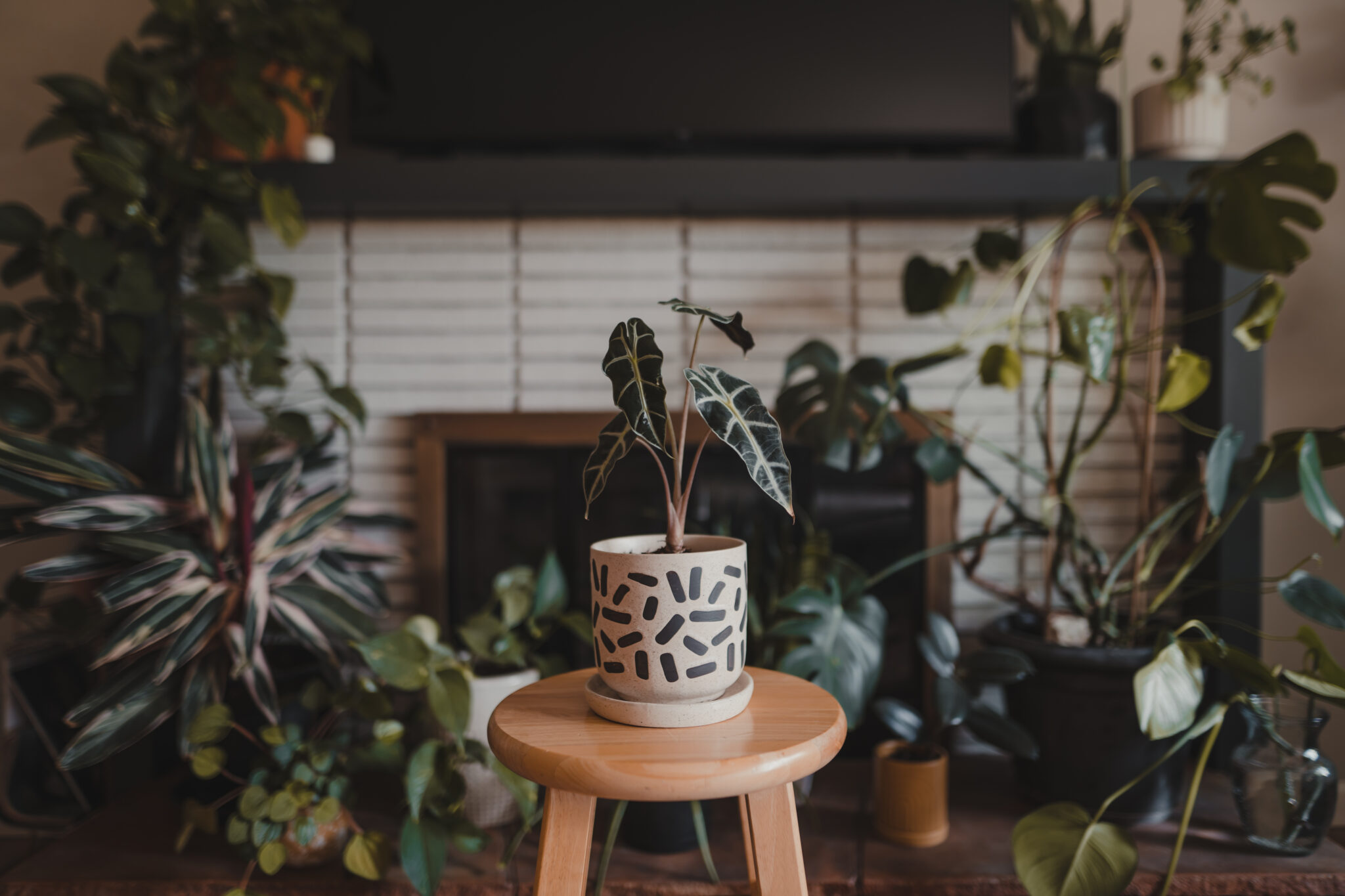
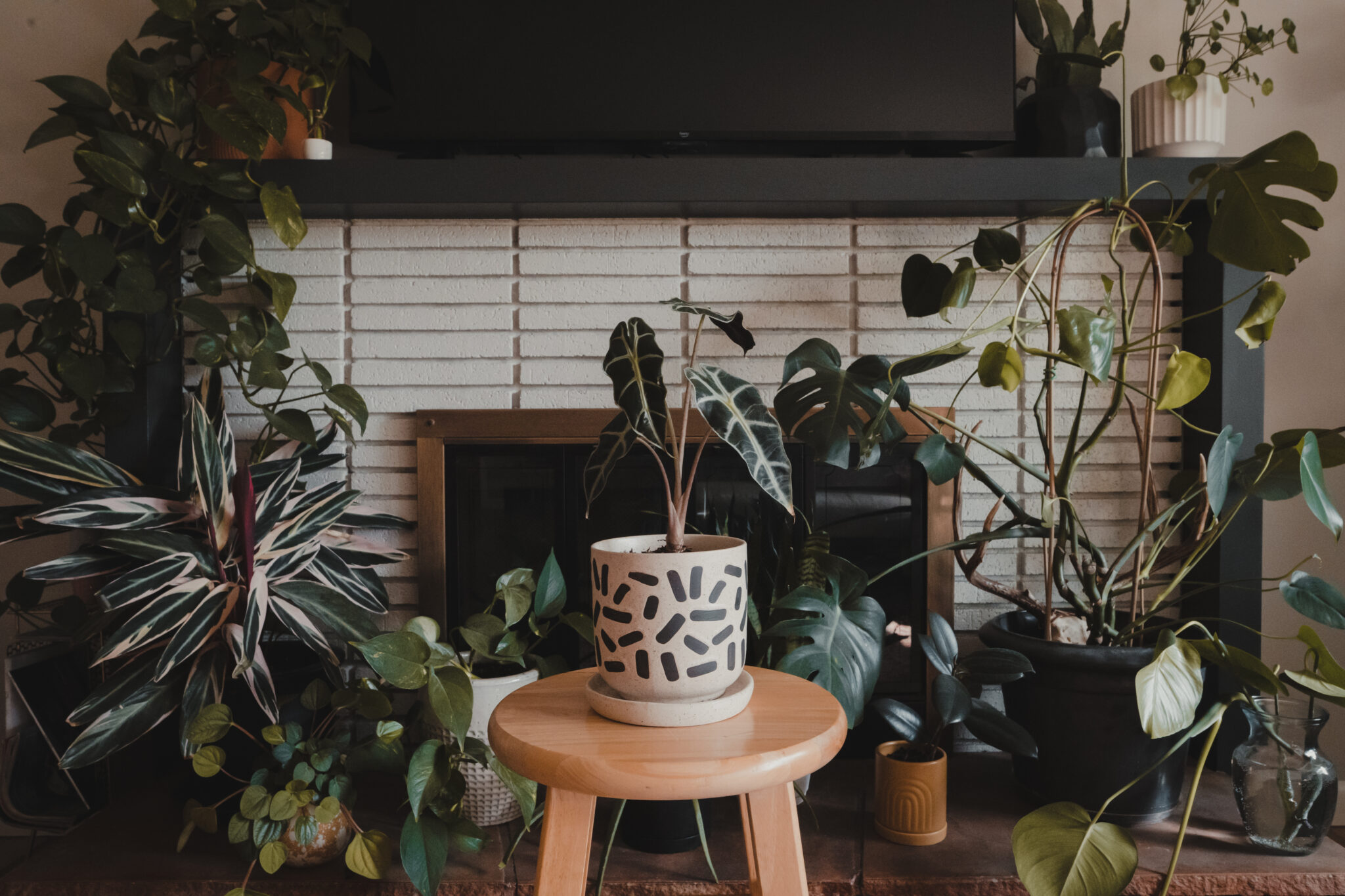
MORE CLOSED
Deep depth of field.
1.2: ISO
In very basic terms, ISO is the level of sensitivity of your camera to available light. The lower the ISO number, the less sensitive it is to the light, while a higher ISO number increases the sensitivity of your camera.
ISO Example
LOWER ISO
Less sensitive, cleaner image.
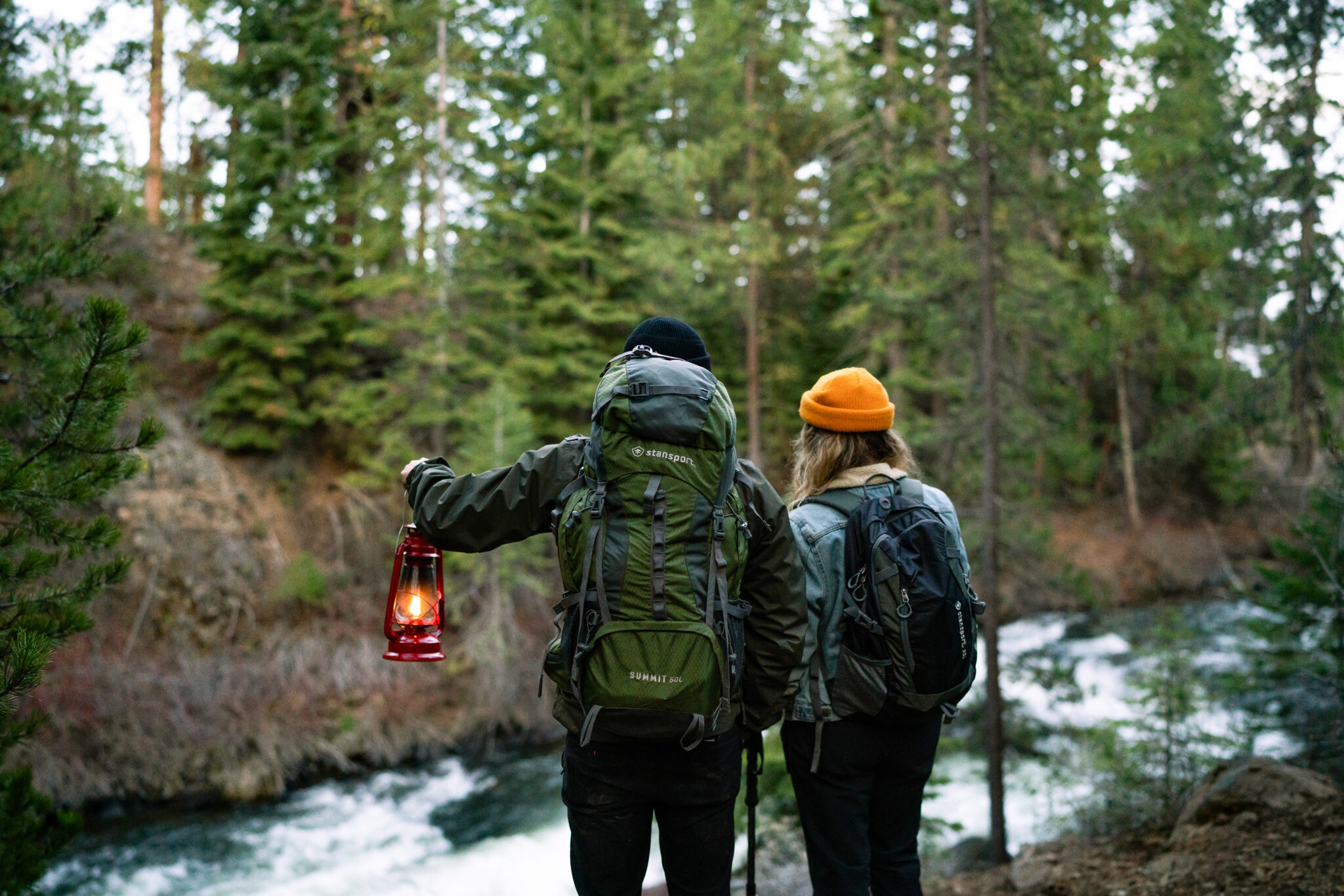
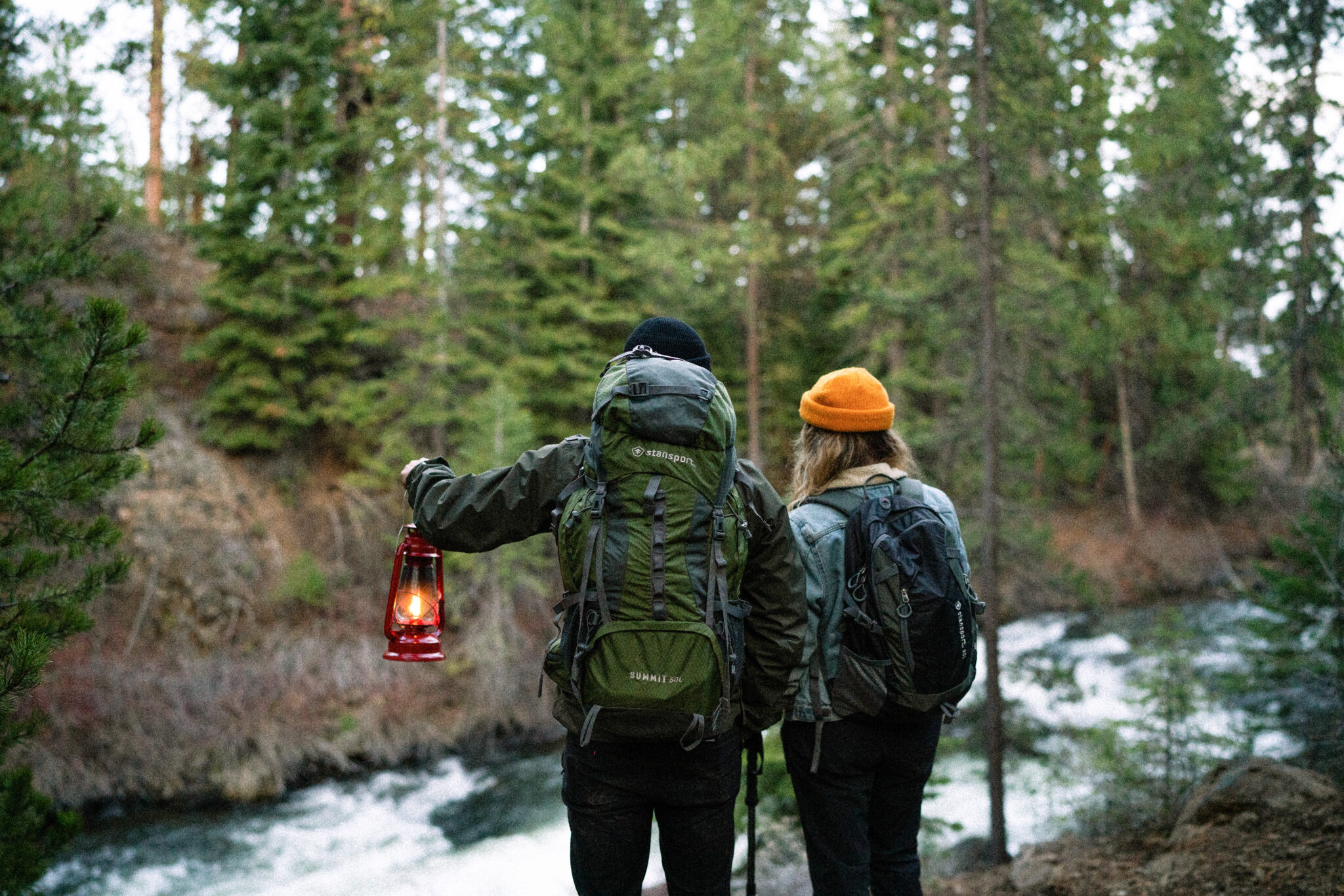
HIGHER ISO
More sensitive, noisier image.
1.3: Shutter Speed
Shutter speed, also known as exposure time, stands for the length of time a camera shutter is open to expose light into the camera sensor. If the shutter speed is fast, it can help to freeze action completely. If the shutter speed is slow, it can create an effect called motion blur, where moving objects appear blurred along the direction of the motion.

Shutter Speed Example
SLOWER
Tripod needed. A slower shutter speed is great for showing motion (ex: waterfall) or letting in more light at night (ex: astrophotography)

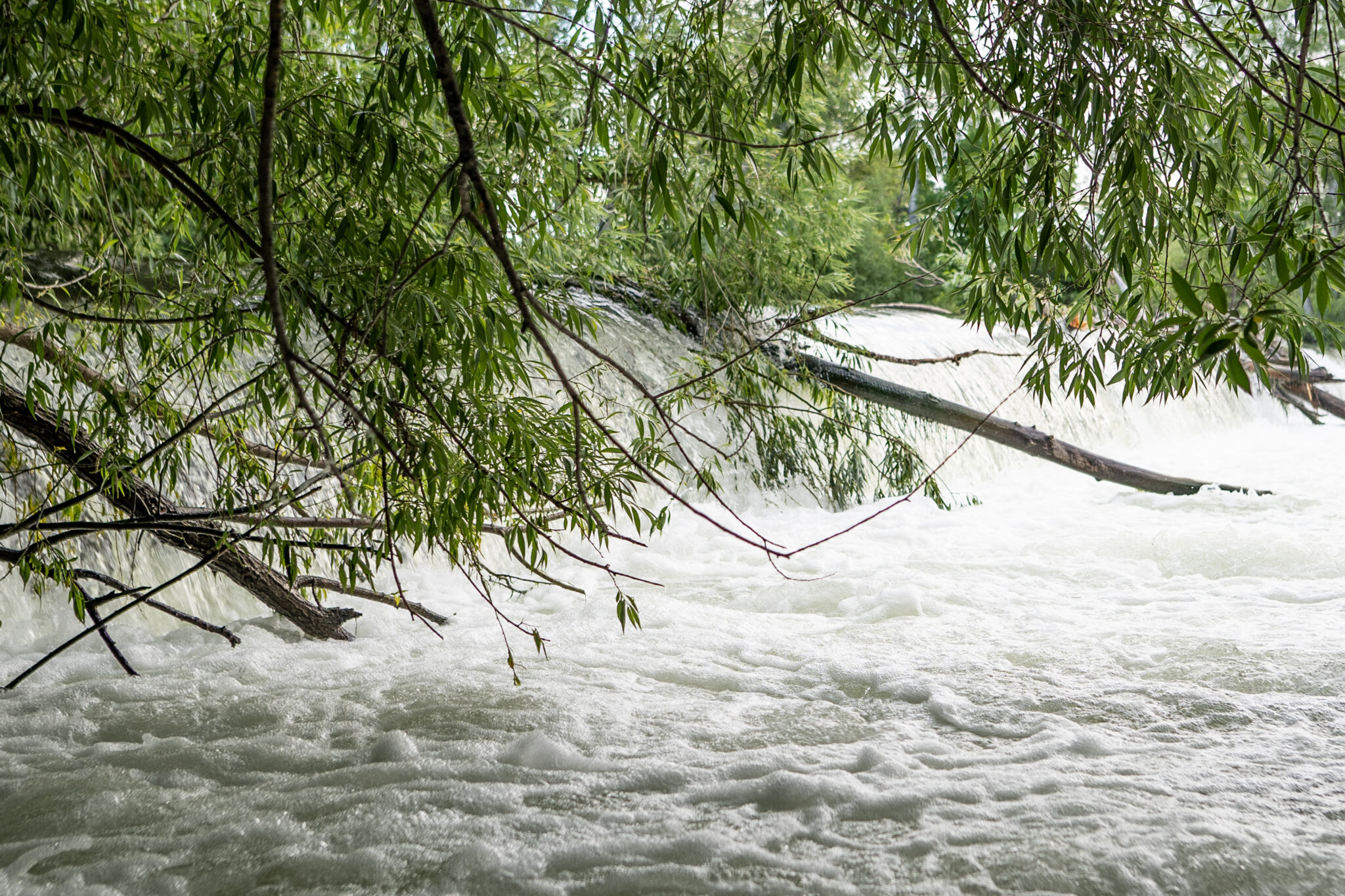
FASTER
Captures action well.
Section 2: White Balance, Focus Modes, Composition
2.1: White Balance
As the name suggests, white balance balances the color temperature in your image. How does it do this? It adds the opposite color to the image in an attempt to bring the color temperature back to neutral. Instead of whites appearing red or yellow, they should appear white after correctly white balancing an image.
2.2: Focus Modes
Sony Alpha series cameras come with a range of autofocus modes. However, for simplicity, the two that are most important to understand are AF-S and AF-C. AF-S stands for Auto Focus Single. This is best used when taking photos of stationary subjects such as portraits of people, landscapes, buildings, etc. AF-C stands for Auto Focus Continuous. This is best used when taking photos of action or moving subjects such as sports and wildlife.
Only you know what you want to focus on, and there is no better way to ensure the correct subject is in focus than using the focus area function. Use this when getting the proper focus in auto focus mode is difficult. There are six Focus Area Settings: Wide, Zone, Center, Flexible Spot, Expand Flexible Spot, and Lock-on AF.
2.3: Composition
Composition describes placement of relative objects and elements in an image. The composition of an image is a key aspect of great photography. There is hardly a way to overemphasize the importance of composition. Any aspiring artist should give the composition of their work immense attention.
Section 3: Image Sensor, Metering, Memory Cards, Lenses
3.1: Image Sensor
The camera sensor size affects many factors in your images and the functions of your camera body. It has a major impact on the quality of your image, how your lens functions, and how it performs in low-light conditions. The larger the sensor, the higher you can turn up the ISO and the better the image quality.
3.2: Metering
Metering is how your camera determines what the correct shutter speed and aperture should be depending on the amount of light that goes into the camera and the sensitivity of the sensor.
3.3: Memory Cards
Image quality is completely unaffected by choice of memory card you make. A cheap SD card from a supermarket will result in the same image as using the latest SD Card. The difference, however, is that the cheaper cards may do it much, much more slowly, be less reliable, and have fewer backup measures and different components in terms of memory card data recovery. Cheaper memory cards have a higher chance of failing, and when they do, you’ll lose those precious photos forever.
3.4: Lenses
These are recommendations for the basic three lenses any entry level photographer should own: a general purpose zoom, a macro lens, and a telephoto zoom.
OUR SONY SELECTS
Our Sony Selects
Looking to purchase photography gear? Here's a list of our current Sony favorites:
Alpha Academy was made in partnership with




